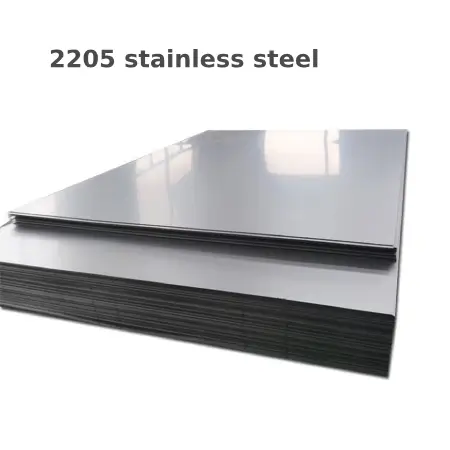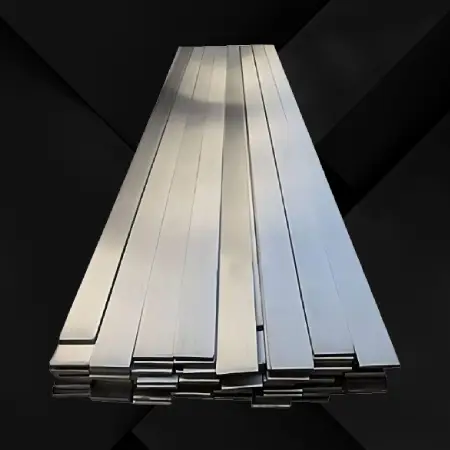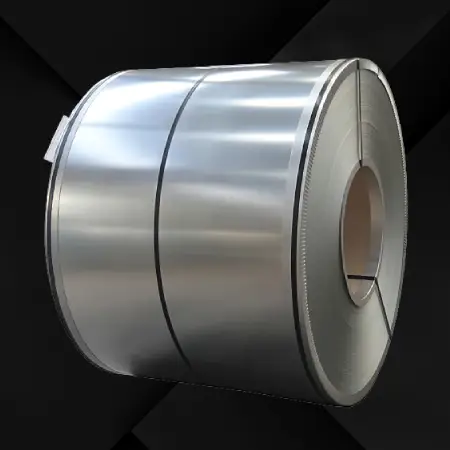2205 stainless steel is a type of duplex stainless steel that is known for its exceptional combination of corrosion resistance and high strength. It is named for its composition of 22% chromium and 5% nickel.
Introduction to 2205 Stainless Steel
Definition: 2205 stainless steel is a duplex stainless steel that offers a balance of corrosion resistance and tensile strength. It is appreciated for its robust performance in industrial applications where high strength and durability are required.
Material Composition: 2205 stainless steel is characterized by its high concentration of chromium and molybdenum, along with nickel and nitrogen. The approximate composition includes 22% chromium, 5% nickel, 3% molybdenum, and 0.14% nitrogen.
Characteristics: This grade combines the best properties of both Ferritic and Austenitic stainless steels. It offers twice the strength of a typical Austenitic stainless steel and has excellent pitting corrosion resistance.
Applications: Due to its dual-phase structure and properties, 2205 is used in demanding applications such as chemical processing, marine environments, offshore platforms, pulp and paper industry, food processing, heat exchangers, and desalination plants.
Fabrication: While the duplex structure can make 2205 stainless steel a bit more challenging to weld and fabricate compared to other stainless steels, it is still easily machinable and fabricatable with proper techniques and precautions.
Corrosion Resistance: The high chromium and molybdenum content provide 2205 with superior resistance to pitting, crevice corrosion, and stress corrosion cracking, particularly in marine and corrosive chemical environments.
Strength: With its high yield and tensile strength, 2205 duplex stainless steel is an excellent choice for applications where structural integrity is critical.
Heat Treatment: Duplex stainless steel 2205 does not require the same level of thermal treatments as some other stainless steels to maintain its properties, though it can be annealed for recrystallization after heavy deformation.
Forming and Shaping: While forming larger sections may require higher forces due to its strength, 2205 stainless steel can be cold-formed and shaped into various complex parts for specific applications.
Welding: When welding, it's important to use appropriate filler materials and techniques to avoid phase distribution and microstructure irregularities that could compromise the material's properties.
Standards: 2205 stainless steel is manufactured to conform to international standards such as ASTM A790. ASME SA790. and EN 1.4462 for seamless pipes, and other relevant standards for different product forms.
Environmental Performance: Its chemistry makes it well-suited for environments with high chloride contents, such as coastal regions and saline waters, where it can resist pitting and crevice corrosion.
Market Presence: Despite being more expensive than standard grades like 304. the added value of 2205 duplex stainless steel in terms of service life and reduced maintenance makes it a preferred choice in targeted applications.
Recyclability: As with other stainless steels, 2205 is 100% recyclable at the end of its service life, making it a sustainable choice for industry.
2205 duplex stainless steel is chosen for its robust performance and high reliability in harsh and demanding environments. Its combination of high strength and superior corrosion resistance makes it a popular material for critical applications in the industry.






